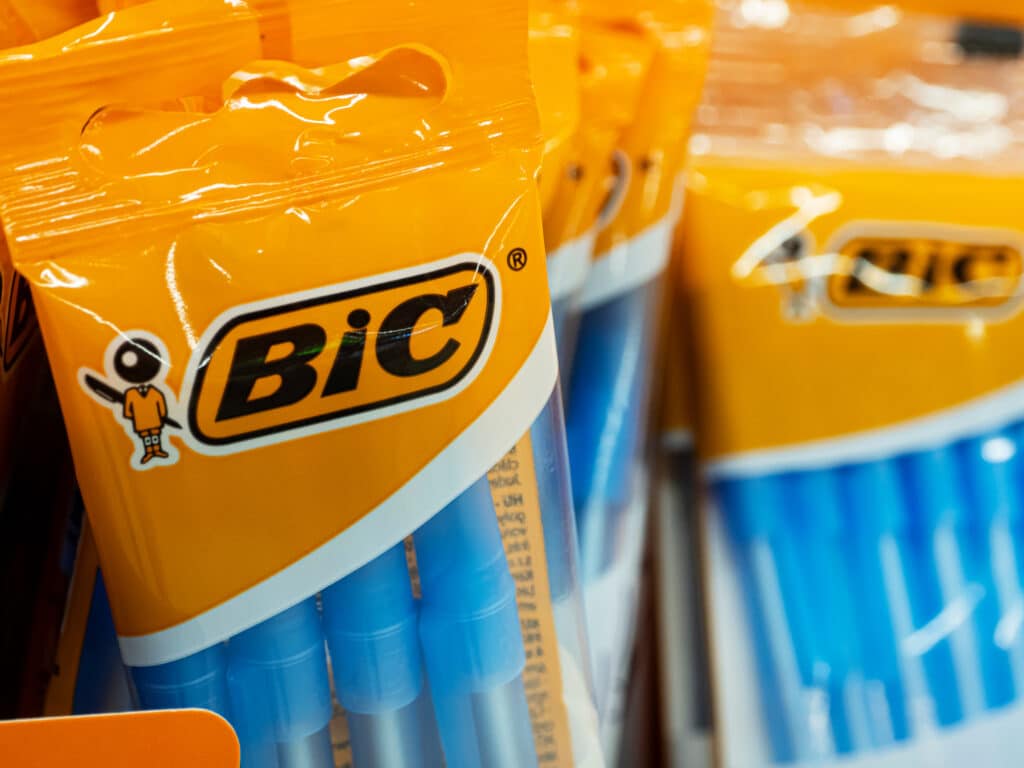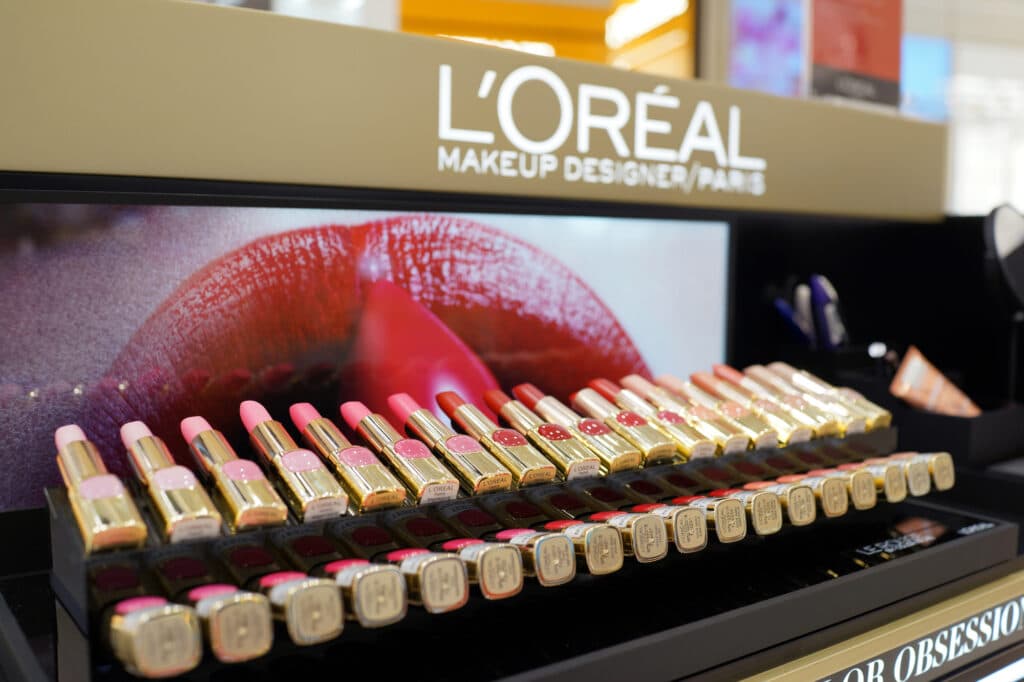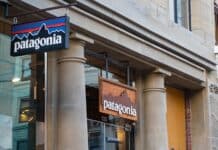
Whether for a first-generation entrepreneur or an established family business, an inventive spirit is at the core of building and preserving a long-term legacy. Some of the world’s most iconic and enduring companies began simply by combining ingenuity and determination to improve the quality of everyday life of their customers.
Inventions are on the rise in the 21st Century. They are driven by extraordinary advances in technology and venture capital vehicles ranging from sizable private funds to crowd-sourced Kickstarter Campaigns. With decades of experience innovating, today’s family firms are as well-positioned to create solutions to society’s problems as they have been in the past.

Kingston Technology Company Inc.
Confronted with a shortage of surface mount memory chips in 1987, engineers John Tu and David Sun designed a revolutionary Single In-Line Memory Module (SIMM) that would redefine industry standards. From humble beginnings in a California garage, the duo’s start-up eventually grew into a leading global manufacturer of memory and storage solutions.
Today, Kingston holds 78.7 per cent of the world’s Dynamic Random Access Memory (DRAM) market and is still owned by its founders. The company’s global distribution network boasts 18 regional offices and more than 175 locations.

BIC
The popular family-owned brand spanning three generations was established six years before Co-Founder Marcel Bich created the iconic BIC Cristal pen in 1950, based on László Biró’s ballpoint design. BIC would continue to rethink and improve daily-use items, extending its innovative approach to lighters and shavers. The company’s signature BIC Cristal Pen is the best-selling pen in the world and was made a part of the permanent collection at New York City’s Museum of Modern Art (MoMA) in 2001.
Today, BIC, which is in its third generation of leadership, generates more than $1.7 billion in sales annually and operates on nearly every continent.

Under Armour
During his time as captain of the University of Maryland football team, Kevin Plank became frustrated with the way his cotton shirts bunched up under his equipment during games. In 1996, Plank’s search for a better sports fabric let to him founding Under Armour. The company’s first product was a skin-tight shirt that wicked moisture away faster than anything on the market. Other innovative offerings would follow, like the company’s famous HeatGear T-shirt, which keeps athletes warm and dry in cold conditions. With endorsements from celebrity athletes, Under Armour grew into a billion-dollar brand by 2010 and is a mainstay in the locker rooms of athletes around the globe.
Under Armour went public in 2005, but Plank remains its largest shareholder. The company generates $5.7 billion annually and operates more than 350 retail locations.

Dyson
Disappointed with his vacuum cleaner’s diminishing performance, in 1983, James Dyson leveraged the cyclonic air cleaning technology he had developed for his factory to invent the world’s first bagless vacuum cleaner. Initially available in Japan, Dyson’s “G-Force” vacuum was praised for its design and performance. With the sales from his first cyclonic vacuum, James Dyson founded Dyson Ltd. in 1993 and went on to develop the Dual Cyclone DC01 vacuum that would help launch the company’s global success.
With a growing team of engineers and scientists, Dyson extended its research, development, and technology to other consumer products. Today, Dyson offers a range of products including vacuum cleaners, air purifiers, curling irons, headphones, and lighting applications. Dyson products can be found in 84 markets globally.

COAST
After speaking with fishermen and dockworkers, Henry W. Brands created a sharper, more durable fillet knife specifically designed for cannery workers. Brands’ popular tool prompted the launch of his company, COAST, in 1919. Now in its third generation, the Oregon-based family-owned business continues to innovate the gear working professionals rely on. COAST’s world-class LED optical technology and pocket tools are favourites with law enforcement, home DIYers, and recreationists.

L’Oréal
In 1909, young chemist Eugène Schueller invented and patented a unique hair dye. Unlike other hair colouring formulas on the market, Schueller’s product was perfectly safe to use and soon became a favourite among Parisian hairdressers. Hair colourants were the company’s focus for decades, but the DNA of Schueller’s research, innovation, and focus on safety remained central to L’Oréal’s development of new beauty products and business opportunities.
The Bettencourt-Meyers family, descendants of the company’s founder, now own the celebrated business. As the largest cosmetic company in the world, L’Oréal controls 42 consumer and professional brands, generating over $38 billion in annual sales.

CarbonCure
When Canadian chemist and engineer Robert Niven discovered just how much CO2 is released in the cement-making process, he developed technology that would repurpose the damaging gas and potentially reduce the carbon footprint of urban areas around the world. Backed by an investor group including Bill Gates, Jeff Bezos, and Michael Bloomberg, Niven founded CarbonCure in 2007. The company uses an innovative technique to lock CO2 into concrete during its creation stage, preventing greenhouse gas from being released while also producing stronger concrete.
CarbonCure’s technology is currently being used by plants around the world. The company’s ultimate goal is to eliminate 500 million tonnes of embodied carbon emissions every year – the equivalent of taking 100 million cars off the road.










